The letters of the Russian alphabet are divided into vowels and consonants. There are 10 vowel letters, these are A E E I O U Y Y E Y YA. Consonants 21 - B C D D F G H J K L M N P R S T F X C Ch Sh Sh. There are 33 letters in total.
Letters Kommersant And b are neither vowels nor consonants.
Spend time with your child in an interesting and useful way. We wish you success. 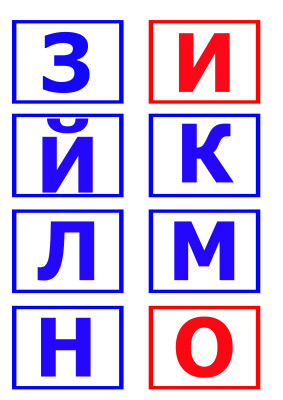
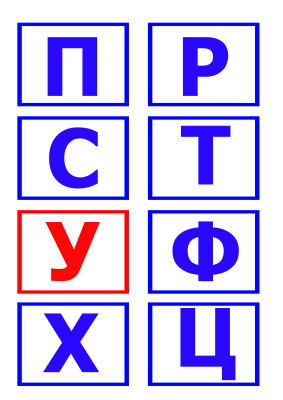
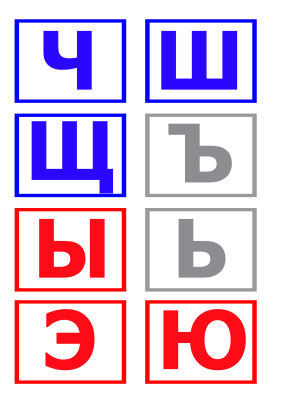
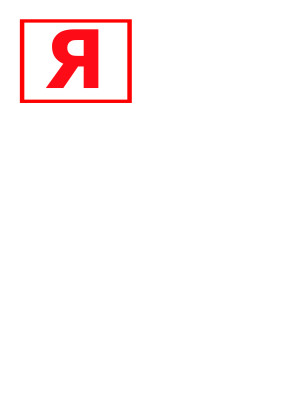
Here we present to you a very fun and funny game in which children will connect the pictures with the corresponding word. Twelve 'ready-to-use word and picture' cards to help broaden and deepen your language skills. Another useful tool to study Italian alphabet is to combine studying with interesting activities for children, such as watching a cartoon.
To learn how to write numbers, let's now move on to the letters for the alphabet. Suitable for children visiting primary school or elementary school, the free printable cards you'll find here include all 21 letters of the alphabet, in both cursive and printed text.
How to play with your child using cards with letters?
Game number 1. Name the letter.
Before you start playing this game, introduce your child to a few letters.
You show your child a card with a letter, and he says which letter is written. For the correct answer, the child receives a chip. At the end of the game there is a prize. Please note that vowels are written in red and consonants in blue.
Accompanied by colorful pictures depicting animals or things whose name begins for a given letter, the alphabet letter gradations will make your children learn to write in a simple and interesting way: each page has many lines with so many to be filled in after these last ones.
Pregraphic exercises in italic
Let's start with cursives that you can print for free with just one click. If you prefer to print pre-printed cards individually on letterforms, follow this procedure: Click on the selected image and, once enlarged, right-click on it and select from the entries in the Save Image As box. Once the operation is completed, the desired card will be saved on your computer and can be printed as often as you like. Alternatively, you can choose to print directly via an Internet browser.
Tell your child that sounds are vowels and consonants. Vowel sounds are easy to sing, shout, and pronounce. There is nothing in the mouth - neither lips, nor tongue. Let the child guess what vowel sound is in the words: poppy, forest, cat, house, etc.
And consonants. When pronouncing them, something constantly gets in the way in the mouth - either the lips or the tongue. Play, let the child name the consonants he hears: day, meadow, juice, poppy, etc.
Use this game to learn all the letters of the alphabet.
Game No. 2. Name words starting with the given letter.
Offer any letter that the baby knows, and take turns saying words starting with that letter. Now let the child choose the letter, come up with words again, and continue in the same way.
Game No. 3. Who says that?
Before starting the game, choose one card with a letter that begins with a consonant sound (for example, m). Next to this letter, place the letter representing the vowel sound (for example, “a”).
At first, you shouldn’t push your child and insist that he read more syllables. Focus your attention on the question: “Who says that?” The child must answer which animal makes such a voice.
For each correct answer, give a chip. Over time, the game can be played in a group of children and a competition can be organized to see who can name the proposed syllables faster and more correctly.
Game number 4. Change the vowel.
In this game, the first letter, the consonant, remains unchanged, but the letters that represent the vowel sound change. For example: ma, mo, mu, mi, me, we, me. Then the first letter can be replaced (the child can choose the letter himself) and continue reading.
Game number 5. Change the consonant.
In this game, the first letter, the vowel, remains unchanged, but the letters that represent the consonant sound change. For example: am, an, ad, av, ash, ar, at. Then the first letter can be replaced (the child can choose the letter himself) and continue reading.
Game number 6. Funny letter combinations.
This game is perhaps the most difficult at this stage of learning, since the child needs to read letter combinations that consist only of consonant sounds (fl, zv, kr, sl, st, br, gl, pl, hl, zm, kr, dv, sk, kv). To interest your child, invite him to choose the funniest letter combination from those that he reads.
Game No. 7. Create a syllable.
Using letter cards, invite your child to write the syllable you name. For a correctly completed task, the child receives a chip.
You can organize a competition with prizes in a group of children. The first one to create a syllable will receive a chip. At the end of the game, a winner is selected based on the number of chips received and receives a prize.
Game number 8. Put the word together.
Using cards with letters, you need to form a word of three, and later of four or five letters, invented by your playing partner. For example, you named the word “garden”, and the child must put it together from letters. Then, on the contrary, the child names a three-letter word, and you add it up. Be sure to ask your child to check if you completed the task correctly. For fun and to check your attentiveness, sometimes make mistakes. Let the child identify them. Each correctly written word is awarded a chip. The one who collects the most chips wins.
Bright, colored cards with letters of the Russian alphabet.
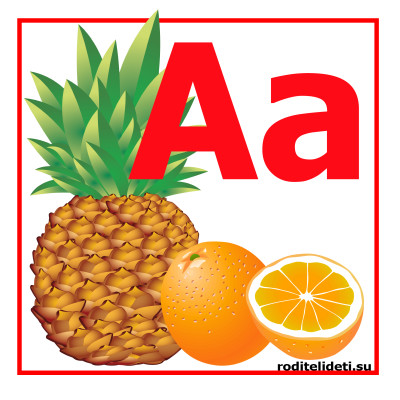
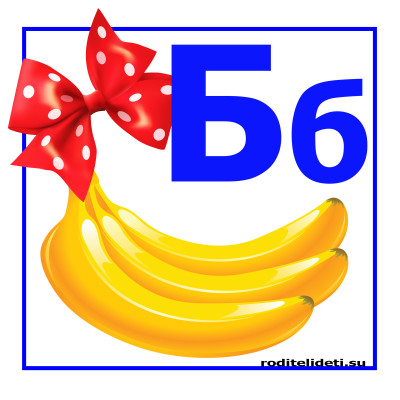
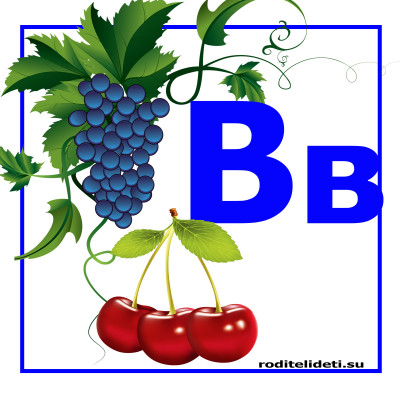
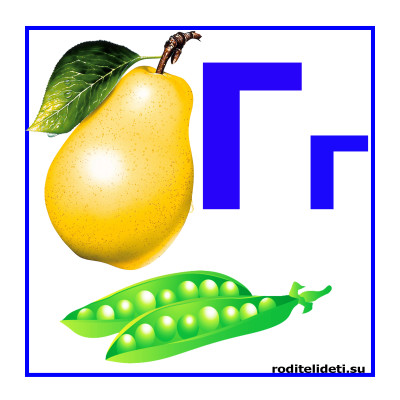
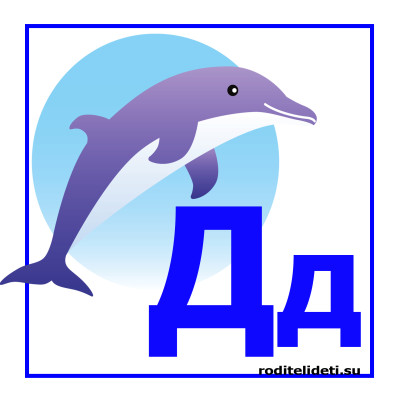
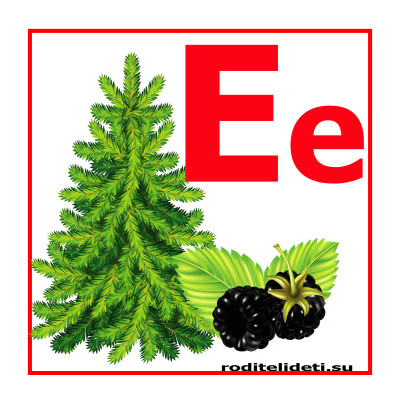
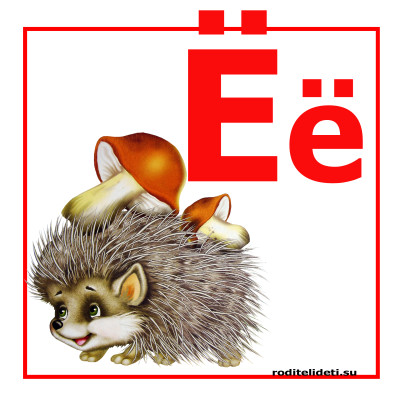
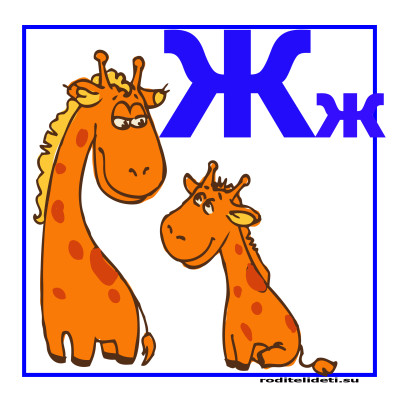
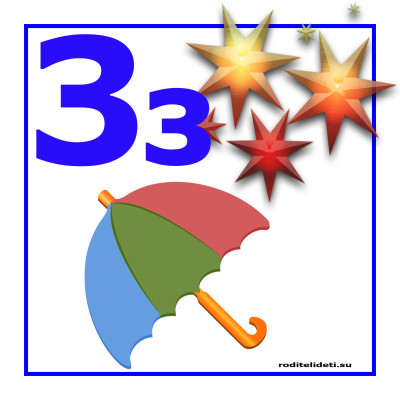
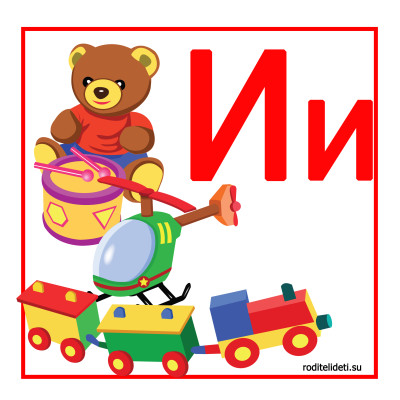
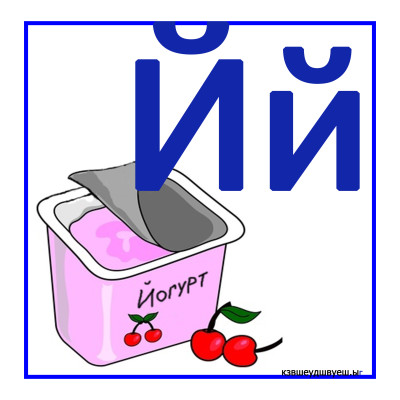
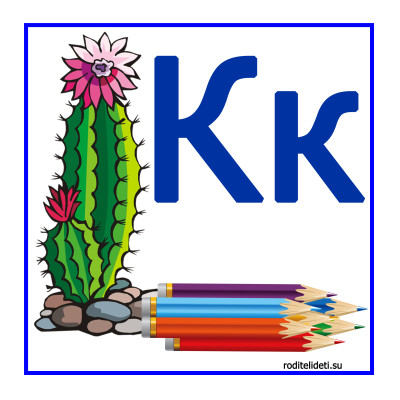
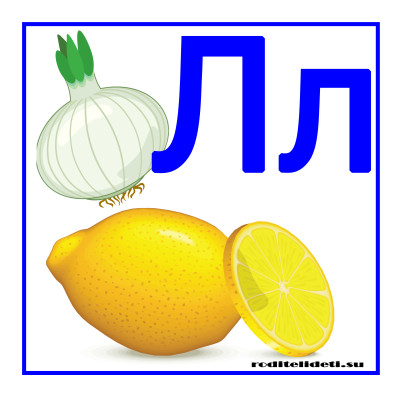
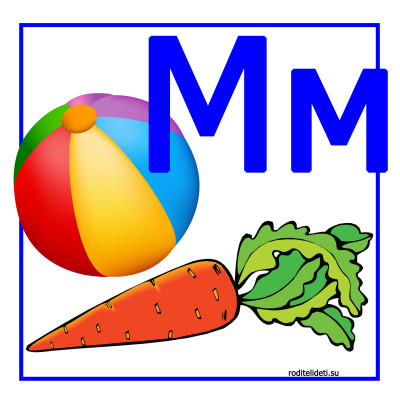
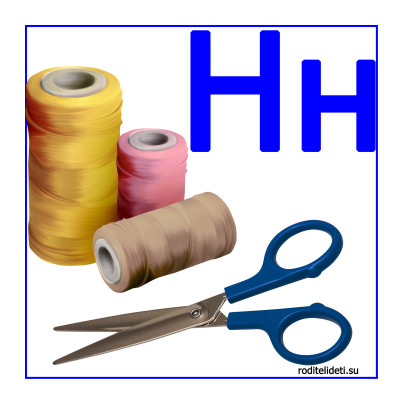
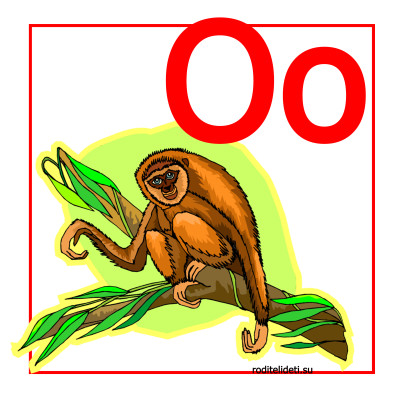
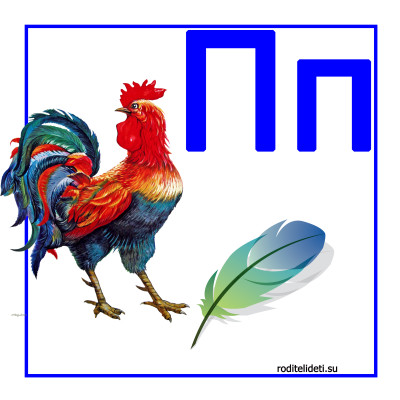

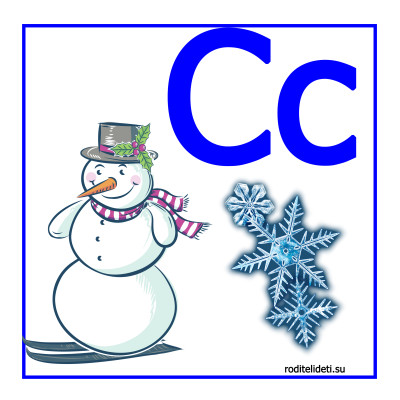
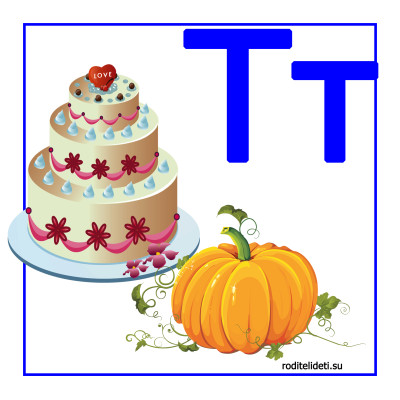
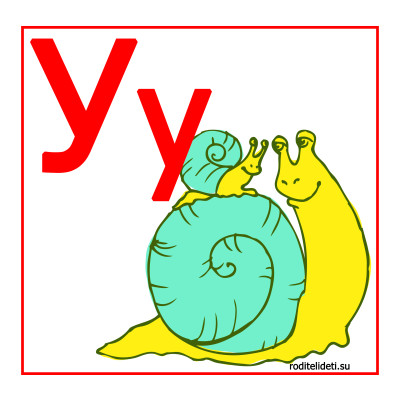
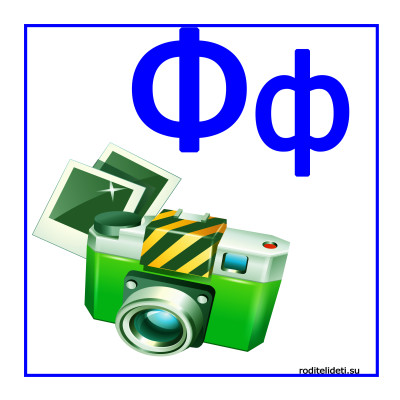
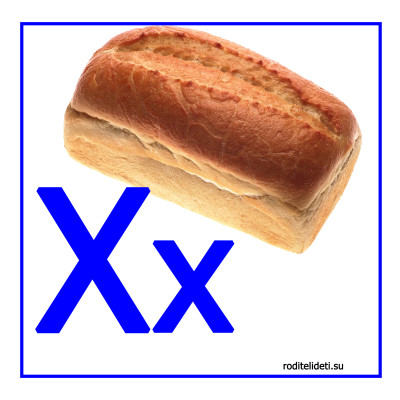
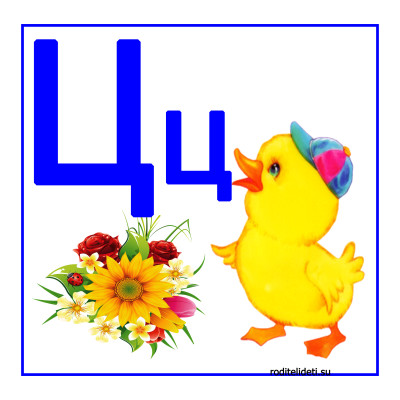
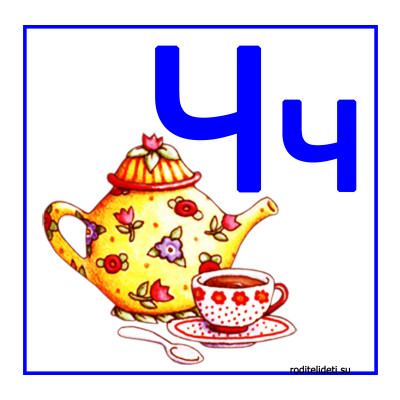
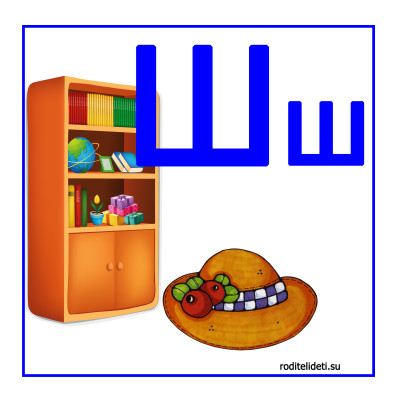
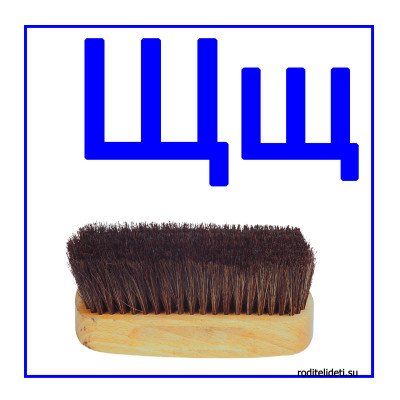
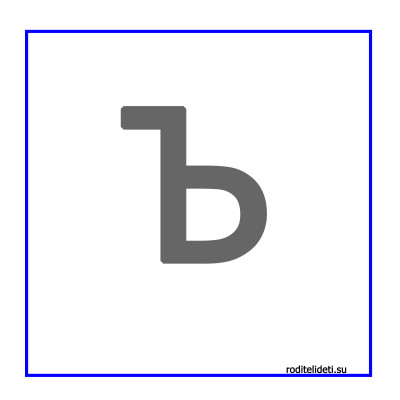
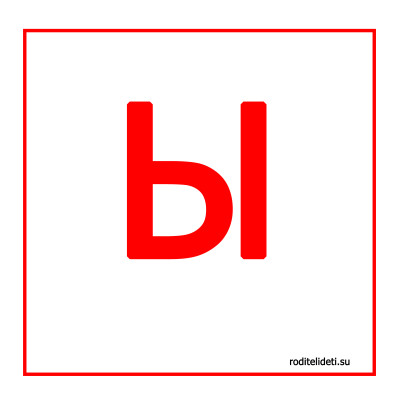
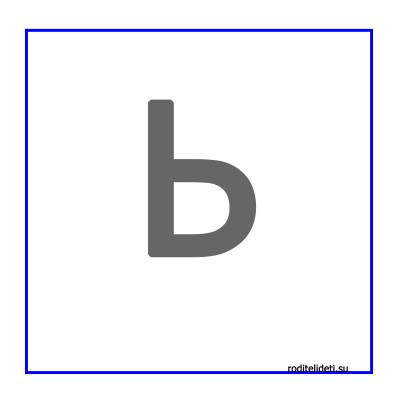
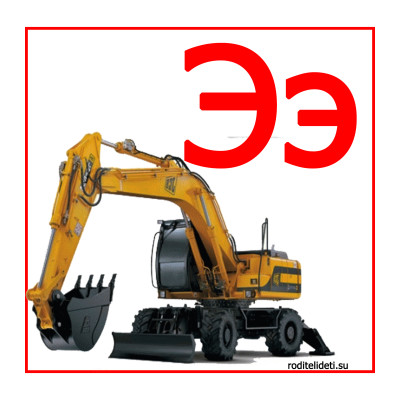
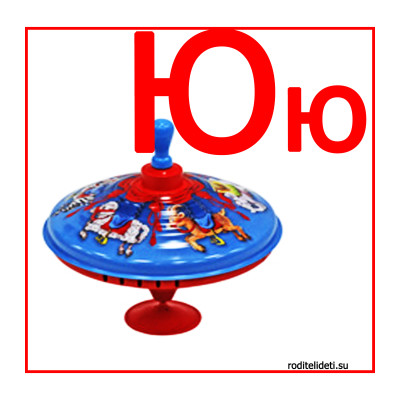
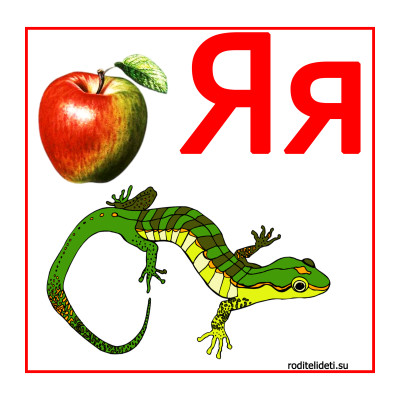
Dear Parents!
Are you thinking about starting to learn the alphabet with your baby? Congratulations! You are on the right track! You can print the letters of the Russian alphabet in A4 format directly from this page!
The material contains 33 letters of the Russian alphabet. And not just letters, but association letters. Each inhabitant of the alphabet is depicted as an object, which gives the baby a clear idea of its meaning.
How to learn the alphabet
First of all, decide on the age at which you plan to start training. Experts recommend doing this no earlier than 3 years, because it is then that children have a very developed curiosity and an increased ability to remember. Remember a few rules for creating speech lessons.
- Plan lessons from simple to complex: first the most popular letters (a, o, e), at the end less popular in the baby’s speech (ш, р, ь and ъ sign).
- Show your child no more than three letters a day. Reinforce lessons with graphic materials.
- Start each new lesson by repeating what you have learned. Be sure to do an associative series, sing a song about a letter or tell a story.
Have fun learning!



